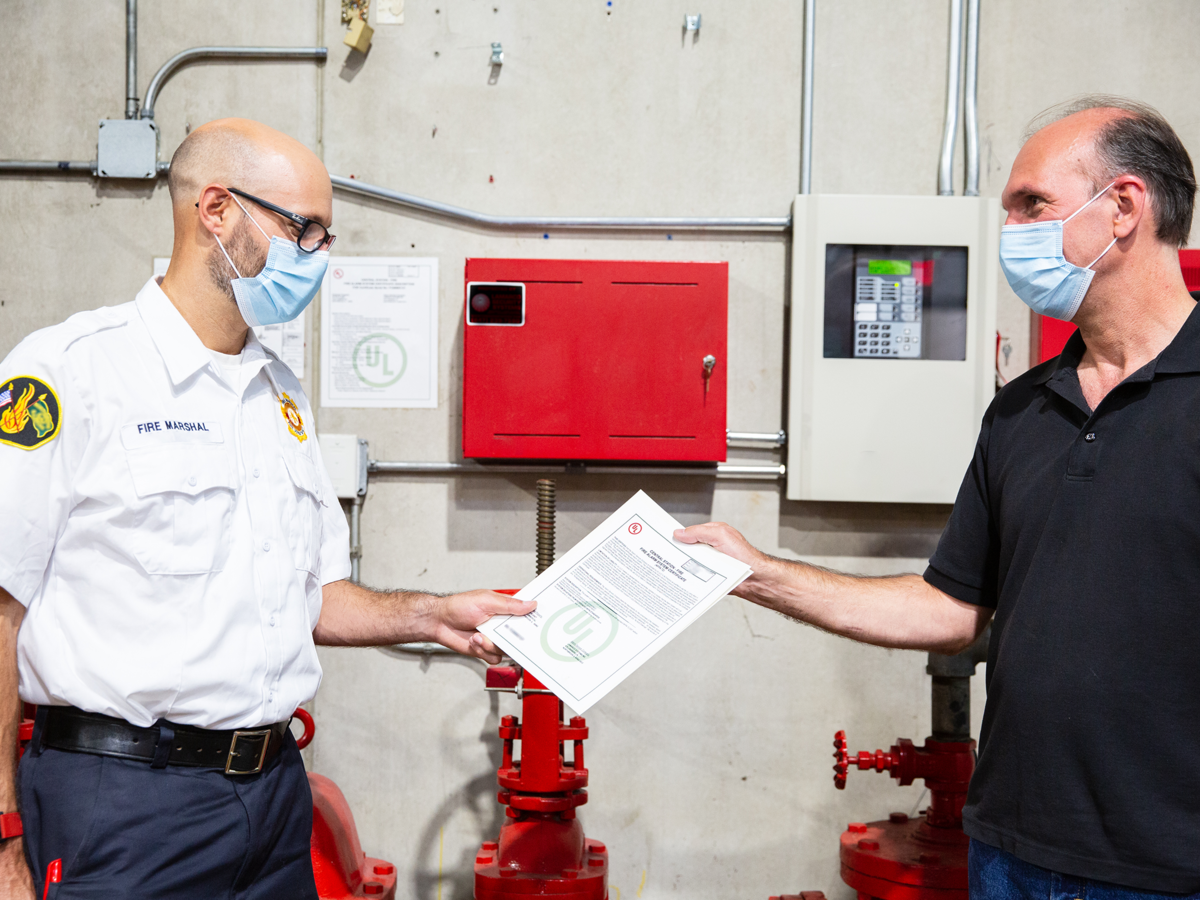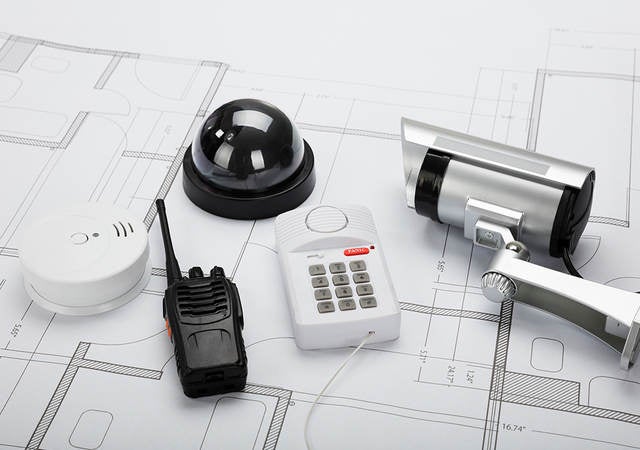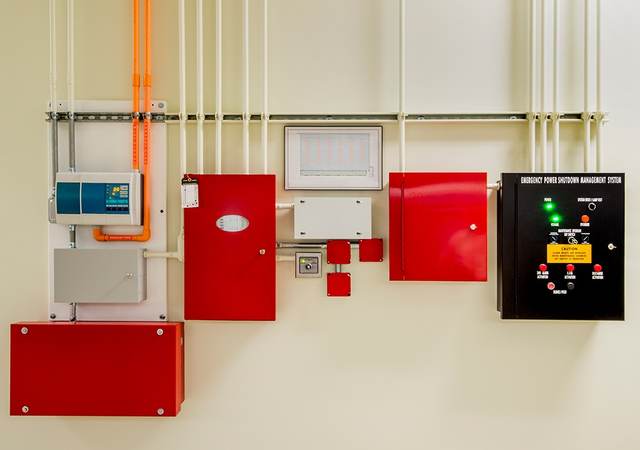December 4, 2020
Authored by: Tom Presnak
The phrase “central station” is often used incorrectly when describing monitored fire alarm systems. When reviewing building plans for required fire alarm systems, consideration must be given the specific systems that are required to be monitored. Then determine which type of supervising station service is applicable. When central station service is required, it must be provided by a listed central station service provider with all of the capabilities needed to provide true central station service. How does a code authority reviewing a plan or inspecting a building site know that a property is provided with compliant central station service – including runner service – as required by NFPA 72, National Fire Alarm and Signaling Code. To answer these questions, we must review the origins of fire alarm monitoring.
Fire alarm monitoring: a brief history
Before the 1960s, it was common for a local fire department – or sometimes police department – to receive notification signals directly from building fire alarms without an intermediately answering station or call center. In other cases, there were no method to transmit a signal from a property to a central location.
Early forms of communications methods included McCollough transmitters and registers. These transmitters were provided with a code wheel which, when an alarm signal activated, transmitted “rounds” to a ticker-tape type receiver located at a location designated to receive these signals. To identify the location of the alarm signal, the rounds tapped out a code that was cut into a code wheel. For example, a wheel may have three slots and a smooth space, then four slots and a smooth space, and finally five slots. The code for this location would be 345. A person at the receiving location would hear the register begin to tap out 3-4-5 on a paper tape. An operator would then refer to a book containing the codes to identify the corresponding location sending the alarm signal and notify the appropriate fire station for response. After an alarm activation, these code wheels would require resetting or re-winding by a knowledgeable person who promptly responded to the alarm location. This is where the term “runner service” originated and became the foundation for the requirements of central station service that is now covered in NFPA 72.
This is also the era in which property and fire insurance companies become interested in ensuring that fire alarms located at insured properties were reliable and operational at all times. Formal requirements for monitoring locations, runners and response to signals were then being developed by the insurance industry. Building insurance providers typically provide premium discounts for buildings protected by an fire alarm system monitored and serviced by a qualified central station service provider.
As history progressed, the NFPA Technical Committees recognized the need for formal requirements for central station service fire alarm systems. Since the development of the early NFPA fire alarm code, there have been requirements for signal disposition, including how a central station processed an alarm signal, supervisory or trouble signal, and requirements for fire alarm system certification. These requirements continue to exist today within the Supervising Stations Chapter of NFPA 72.
Today, central station fire alarm monitoring is essential
Monitoring and fire department notification is an essential feature for why building and fire codes require a building to be protected by a fire alarm system. Model building and fire codes specify when and where fire alarms must be installed. Within these model codes there are requirements for fire alarm monitoring. These requirements then reference NFPA 72 for how the system must be installed, serviced, maintained and monitored. It is up to the local code authority to determine what method of monitoring is acceptable in a jurisdiction.
The Supervising Stations Chapter of NFPA 72 provides for three types (levels) of supervising stations, defined as: Remote Supervising Station, Proprietary Supervising Station and Central Station Service. While the majority of fire alarms are monitored by a remote station, more and more are being provided with central station service. Proprietary fire alarms are monitored at a location owned and operated by a property owner. This means that there are basically two choices for monitoring of commercial fire alarm systems: either remote station or central station service. It is very important to note that all fire alarm systems monitored at a listed central stations are not all central station service type systems. Many of these monitoring stations fall under the requirements for remote station fire alarms. Remote station fire alarms are required to be monitored by a location approved by a code authority, but do not have the more stringent requirements required of central station service companies.
Central station fire alarm requirements
There are several important requirements pertaining to central station service. Central station service includes specific requirements for system certification, service contracts, inspection, testing and maintenance along with signal disposition. A service contract between a protected property owner and the central station service provider is key. This contract defines the requirements and responsibilities of a fire alarm service provider and the listed central station/prime contractor.
Current editions of the model building and fire codes require that a document indicating compliance with the requirements of central station service be issued by the prime contractor. UL’s fire alarm certification program provides confidence that central station service is actually being provided to a protected property.
There are also requirements specified for the inspection, testing and maintenance (ITM) of the fire alarm system found in the ITM Chapter of NFPA 72. The supervising station chapter covers the signal disposition for alarm, supervisory and trouble signals and the requirements for runner service. In the event an alarm or supervisory signal does not restore automatically or is not restored by someone on site, a runner/service technician must be dispatched to arrive with two hours of receipt of a signal. For trouble signals that are not restored, a runner/service technician must arrive within four hours to initiate service. In the event any of these signals cannot be restored within eight hours, notification to the code authority is required.
The requirement for a document indicating compliance is how a third-party certification body such as UL is associated with fire alarm system and central station service compliance. Under the UL program, experienced staff conducts annual audits of fire alarm service companies that provide central station service. Through this program, we conduct annual audits of selected UL Certified systems associated with a listed company. The audit consists of a review of system documentation, event history/signal disposition and a field audit of the installed fire alarm systems for compliance with NFPA 72.
Certification for central station service provides confidence
In conclusion, not all fire alarm systems monitored at a listed facility actually provide central station service, which includes runner service. There are distinct differences between remote station and central station service fire alarm systems. Third-party certification of the protected property provides confidence that the system meets all of the requirements for central station service.
UL staff can help clarify what is required by NFPA 72 for central station service, remote station and proprietary fire alarm monitoring and service. For more information, contact ulalarmserviceAHJ@ul.com
UL Certificate service response for AHJs during crises
Authorities having jurisdiction (AHJs) play a critical role regarding system requirements as health risk mitigations might impact alarm monitoring and alarm service certifications.
Central Station Service Certification
Evaluating a central station service for certification and compliance to help ensure resilient, economically feasible delivery of services.
Get connected with our sales team
Thanks for your interest in our products and services. Let's collect some information so we can connect you with the right person.





